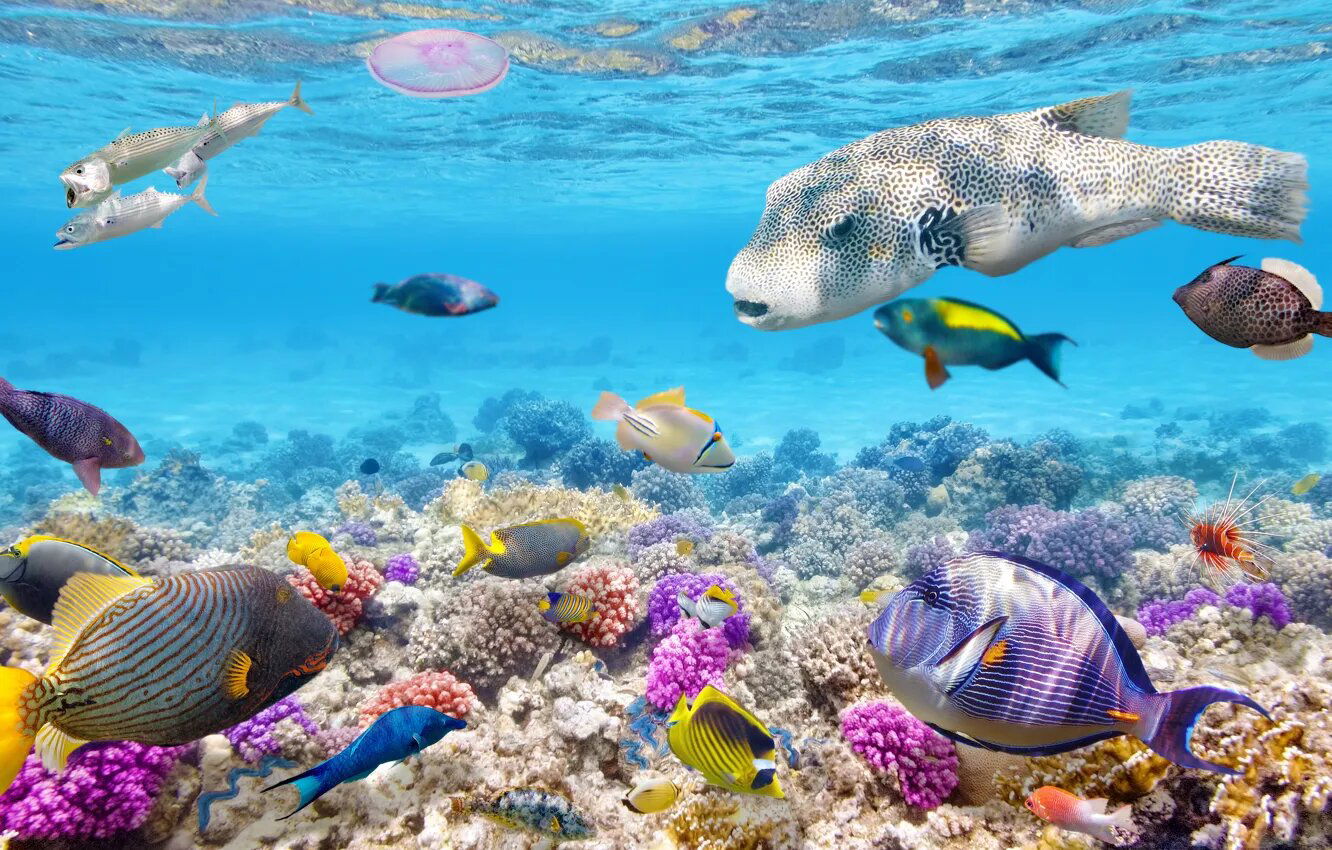How to Take Underwater Photos in the Maldives
How to Take Underwater Photos in the Maldives? - A Fascinating World Beneath the Tropical Blue Awaits
Year-round sunshine, crystal clear waters, varied marine life and striking coral reefs — if it ain’t the perfect recipe for underwater photography, what is? Whether you’re a professional photographer or an excited traveller looking forward to some drool-worthy shots for the ‘gram, the Maldives offers the perfect backdrop for mesmerising underwater pictures. Here’s everything you need to know about capturing the magic beneath the tropical blue. The fascinating world underwater awaits!

img via goodfon
Choose the Right Equipment
Investing in the right equipment is top of mind when capturing high-quality underwater photos. As much as it is an exciting experience, you are going to have to hit the waters with a whole lot more gear than your average holiday snap for those shots that make your Instagram go wow.Camera: Waterproof cameras such as GoPros are the easier choice, especially for beginners. For more professional-grade photos, equip a DSLR or mirrorless camera with a durable underwater housing. Investing in an excellent, highly reliable underwater housing is crucial as you don’t want to risk breaking your expensive camera.Lenses: Make sure to carry both wide-angle and macro lenses with you; the former for capturing expansive scenes such as coral reefs and the latter for close-ups, especially of marine life like nudibranchs or tiny reef fish.Lighting: Natural light isn’t your best friend when it comes to underwater photography, as it quickly diminishes, especially at deeper depths. Therefore, make sure your gear includes underwater strobes or video lights that can illuminate your subjects and bring out vivid colours.Other accessories to equip yourself with include floating grips, wrist straps, or even dome ports for split shots (half-above, half-below water).
Learn About Marine Life
While it might not be popular advice, learning about marine life can significantly enhance your experience as you could better understand your underwater subjects. Start by researching the common marine species in the waters surrounding the Maldives, such as manta rays, whale sharks, turtles, and colourful corals. Then, plan your dives or snorkelling sessions around areas known for rich marine biodiversity, like Baa Atoll’s Hanifaru Bay or Ari Atoll. Being patient is key; be sure to observe the behaviour of creatures to predict their movements for better framing.
Master Underwater Photography Techniques
All the resources that go into investing in high-quality gear and pre-planning will only be as good as your photography skills in the water. Underwater photography may require a different approach than shooting on land and it is essential that you master any particular skills and techniques for a job well done.Get Close: As water reduces sharpness and colour, get close to the subject as much as possible while also ensuring that you won’t disturb it and scare it away from the frame.Adjust White Balance: To compensate for colour loss, especially at deeper depths, make sure to adjust your camera’s white balance settings or shoot in RAW to correct colours during post-processing.Steady Your Shots: It’s not the easiest thing to do underwater, so use both hands to stabilize your camera as much as possible. Try to rest against a stationary object (like a rock) but, without causing any harm to any coral reefs.Composition: As with any picture taken on land, composition is undoubtedly crucial. For instance, use the rule of thirds and negative space to create visually appealing shots. Position yourself properly so the sunlight highlights your subject.
Plan the Perfect Dive or Snorkelling Trip
Planning the perfect snorkelling or dive trip can make or break your underwater photography experience. Therefore, getting it right is just as important as all the pre-planning that goes into making the task a success. Many family friendly Maldives resorts, including the likes of NH Collection Maldives Havodda Resort, also offer guided snorkelling trips to add to your convenience.
